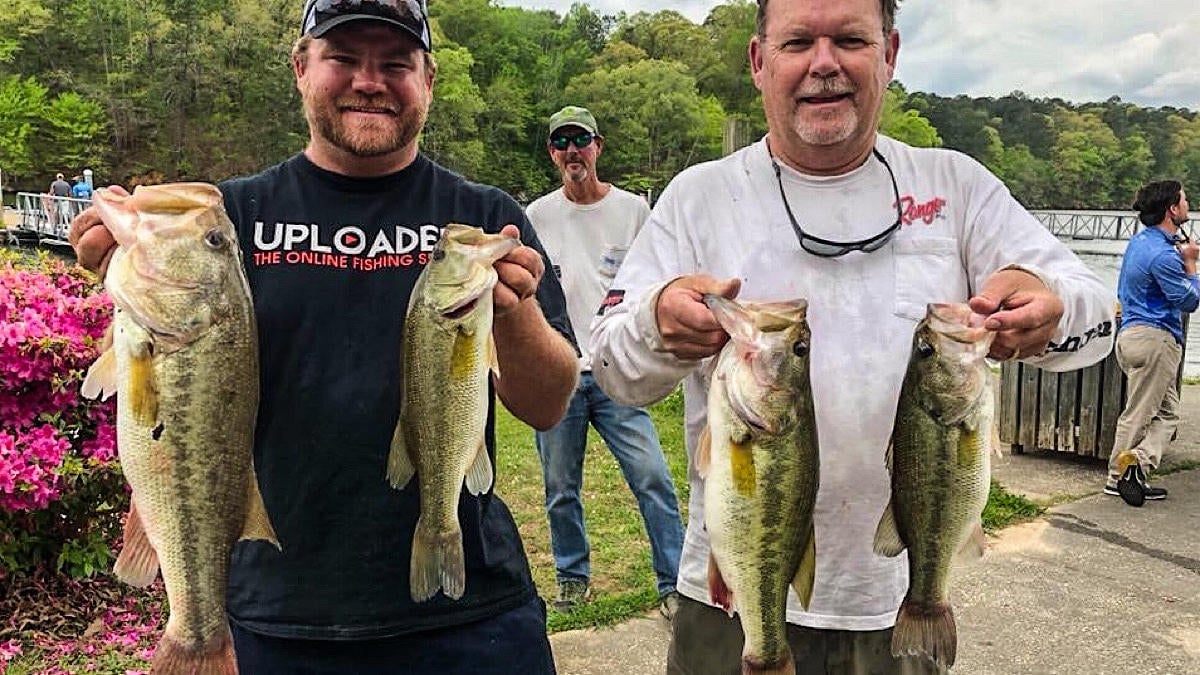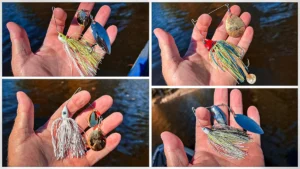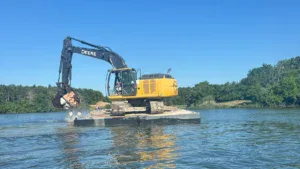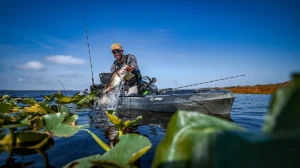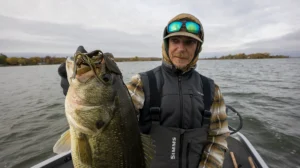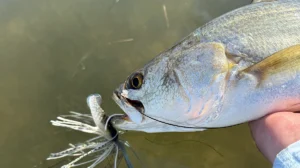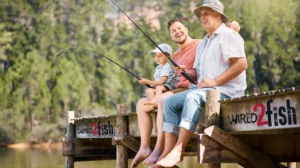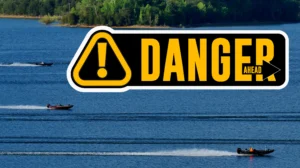Have you ever heard of the K.I.S.S. acronym?
Keep It Simple, Stupid.
My dad has never said that to me, but I feel like he’s probably thought it a time or two in regards to my fishing. See, he’s old school. And I’m from the era of excess. I’d prefer dual 12-inch graphs at the bow and console of my boat. Dad? I finally talked him into letting me put an old 5-inch graph on his boat when I needed to borrow it for a tournament one time. He kept it on there and he’ll turn it on occasionally to check the water temp. Then turn it back off.
Dad sticks to his guns. I, on the other hand, get all gung-ho over the newest thing and go play with that for a while. But while I’m slinging around a glide bait trying to figure out how to fish it, dad’s still throwing his squarebill, which is basically an extension of his arm at this point. And because he knows it so well, he’s more efficient with it.
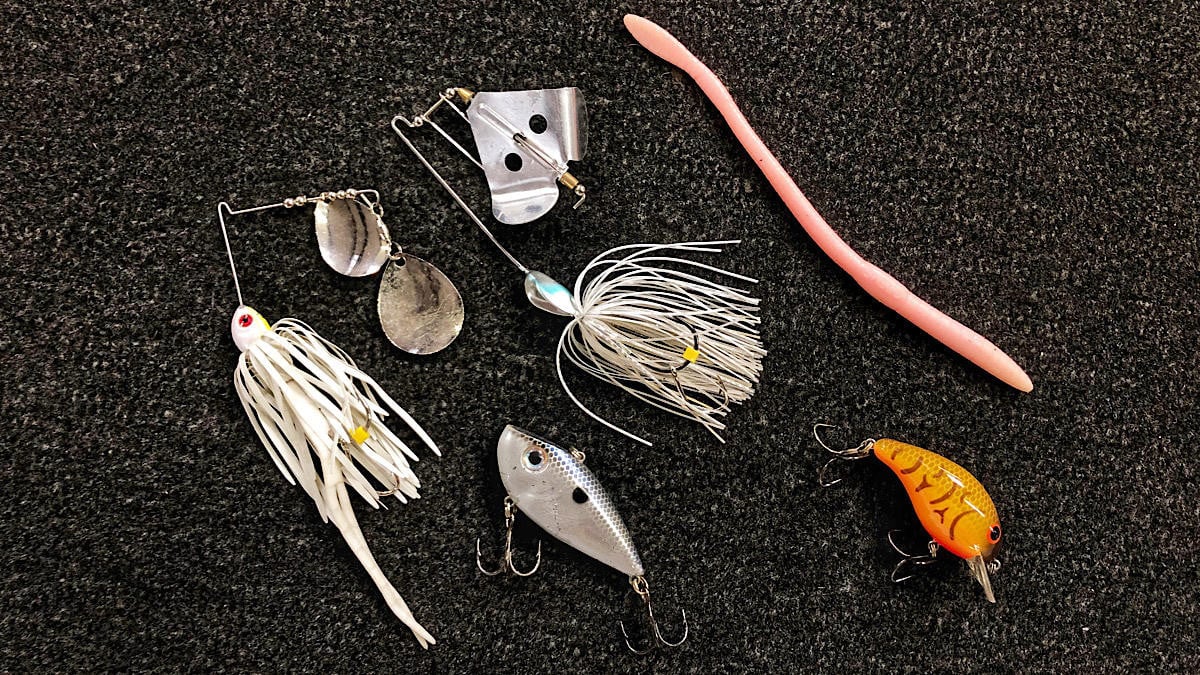
Don’t let hopes of versatility throw you off course
Versatility is the sign of a better angler. That’s what we’re told anyway, and there is some truth to it. But most of us are just caught up in the illusion of versatility. We are so focused on having one of everything in the boat but we don’t even know how to use 90 percent of it. That’s not versatility. In that case, those lures are just distractions. Versatility is achieved by becoming proficient will several of those baits. Proficient at several techniques.
In an attempt to be versatile, I’ll jump around from technique to technique like I have fishing ADD. The cost is that I never really master any of them. I’m better at some things than others, but in order to get really good with something, you have to spend a considerable amount of time with it in your hand.
My dad fishes shallow. He has five baits he’ll use 80 percent of the time, all year long. There will always be a spinnerbait and a squarebill in the lineup. Then depending on the time of year, a lipless crankbait, a buzzbait or a floating worm. He’ll mix a few things in to make up that other 20 percent. But the vast majority of the time, one of those five rods are in his hand. And he wins.

Dance with who brought you
He wins more often than I do, in our little club tournaments and local derbies when we don’t fish together. And when we fish together locally, if we win it’s usually doing what he wants, where he wants; the “old milk run” as he calls it. See, dad could do a lot of other things. But remember, he’s old school. And old school folks are from a “dance with who brought you” era.
That plays much, much better on a local level. When you’re fishing the same lake week in and week out, year after year, it makes more sense to get really good at what works there and filter the rest of the noise out.
I believe the need for versatility comes from us watching professional anglers compete who truly are versatile and proficient with dozens of different techniques. But that is much more necessary when you’re fishing from California to New York down to Florida. You need to be versatile.
That’s why it’s so special and talked about when a touring pro like John Cox comes along who can compete and even dominate shallow with very rudimentary baits and techniques while the other 149 anglers are all offshore graphing around. But even John Cox’s success is in part a result of everyone else’s need for versatility. That’s what made them vacate the shallows to begin with. So is versatility really that important at all on a national or local level?
Yes. Obviously the Denny Brauers and Tommy Biffles are much fewer and farther in-between these days on the national scene. Guys who could have done a lot of different things if they wanted to, but chose to specialize and work to become really good with a flipping stick. Now, instead we have fields full of young hybrid anglers like Brandon Palaniuk and Chris Zaldain who are just as comfortable punching a 1 1/2-ounce weight as they are drop shotting in 40 feet of water. Still, Rick Clunn can win on a spinnerbait, but the majority of the checks come via versatility.
On the local level, versatility is still somewhat important. Mainly because of the rise in the popularity of bass fishing. There are a lot more anglers on the water this decade than last. So the “old milk run” can get a little crowded if you don’t work to at least add a few more stops. Dad and I have implemented a few new things into the rotation the last few years, and won a little more money on account of it. But by and large, the big bites and the bulk of our bags still come from the old, tried-and-true baits in the tried-and-true spots.

Sound advice for this year
So what would my advice be for a young angler who wasn’t in-line to inherit a milk run? I would say get really good with something, before trying to learn everything. You can take a 7-foot, medium-heavy rod, a 7:1 gear ratio reel, 15-pound test fluorocarbon and a spinnerbait and target most of of the fish that are in 7 feet of water or less as long as there’s a little stain, cover, wind, current or cloud cover.
Once you feel confident with a spinnerbait, you can take that same rod, reel and line and fish a lipless crankbait, a squarebill, jig, Texas rig or ChatterBait. Almost everything for that depth range short of punching and a topwater. You’ll need heavier gear and braid for the punching but throw mono or braid on the same rod and reel and you’re ready for the topwater.
Sure, there are technique-specific setups for all those baits. And in time, it would be wise to invest in a few. But let “keep it simple stupid” echo in your head like I should have more over the years. We are living in a world with an emphasis on instant gratification. But that’s not going to happen with fishing. Don’t let the want for everything right out of the gate overwhelm you. You can take a spinnerbait and a shaky head and target the majority of the fish that everyone else is fishing for from the top of the water column to the bottom.
Get back to the basics. If you are good with a graph, by all means use it. If you’re not, that’s fine too. The advice is the same either way. Look for the obvious stuff. The shallow laydowns. The little rock points that create a current break. Fish the obvious stuff that is often overlooked these days by the anglers who are overcomplicating things and trying to find 20 pounds of bass suspended over 150 feet of water.
The first step to becoming a good, versatile angler is becoming a good, basic angler. There’s no getting around that fact. To be good at several things, you have to be good at one thing first. If competitive fishing is your thing, versatility is extremely important in order to compete at the highest level. But if you can’t compete locally, you won’t last long against the best in the world.
If you’re just fun fishing and want to try new things, by all means, try it all. But even for you, the basics are important. You can learn a lot about a fish’s behavior catching them on a spinnerbait in 4 feet of water that will help you know what they’re doing in 20 feet of water when you can’t see them swiping at an A-rig. The same pause you might find necessary to get them to eat the spinnerbait may also work with the A-rig.
Keep it simple. Develop confidence in something to establish it as your core. Then you can fall back on that when the other stuff isn’t working. You can keep getting better at that. Even the best, most versatile anglers who can do it all have one or two things that they feel the most confident doing. And just have fun. Remember, that’s what this is all supposed to be about.
